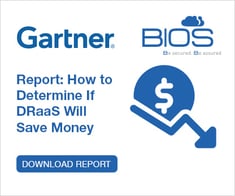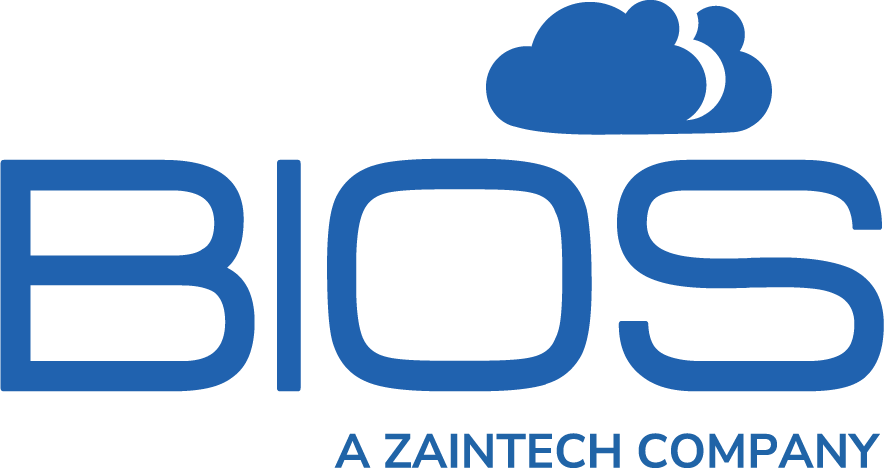Enough reasons for expenditure on disaster recovery (DR) have emerged over the past year, from incidents linked to the pandemic or arisin g from an increase in sophisticated malware exploits. As people continue to work remotely and data and workloads need to remain accessible at all times, DR becomes even more important – but can organisations afford a legacy approach? Is disaster recovery as a service (DRaaS) worth considering and can it deliver on the commonly projected cost savings 30% to 50%?
g from an increase in sophisticated malware exploits. As people continue to work remotely and data and workloads need to remain accessible at all times, DR becomes even more important – but can organisations afford a legacy approach? Is disaster recovery as a service (DRaaS) worth considering and can it deliver on the commonly projected cost savings 30% to 50%?
Why do you need disaster recovery?
First, let’s look at why DR is important. In simple terms, unplanned downtime costs organizations approximately 30,000 AED per minute on average, according to Ponemon Institute’s Cost of Data Center Outages study. A single hour of downtime can cost $1 million to $5 million depending on the size of the company, 34% of respondents in an ITIC study confirmed – and this does not include reputational and brand damage.
CIOs agree that DR has never been more important. Last May, 80% of businesses polled by Commvault said DR preparedness was their top data protection priority – a number that rose to 89% when repeated in October.
So where does DRaaS come in?
Simply put in an elevator pitch, DRaaS leverages cost, infrastructure and manpower benefits. DRaaS cuts away the need for inhouse manpower, equipment, and expertise to implement and maintain a DR strategy that works when you need it most.
BIOS’ CloudHPT DRaaS, the first VMWare CISCO-powered fully managed Cloud DR in the GCC, doesn’t just remove the need for upfront CapEx investment and ongoing costs associated with real estate, ISP costs and maintenance, it allows organisations to execute critical DR processes within the span of a week for a fraction of the costs of inhouse solutions. DRaaS allows BIOS clients to do anything from file recovery to immediate failover of their entire network. Whats more is BIOS monitor your replication and readiness SLA 24x7 and in the event of a failover manage the whole process. Sure some companies have their own DR, but under fire, will it really work the way they intended. Often homegrown DR solutions are used for UAT and are not ready at the click of a button to be an effective DR.
Does DRaaS work for you?
But don’t take our word for it. The best way to understand if DRaaS saves money for you is to perform an optimal cost comparison analysis using a comprehensive and fact-based approach for cost identification. Gartner outlines how to do this in a new white paper.
As the paper points out, traditional DR has many more cost elements – many of which are often difficult to quantify. Any evaluation must take into account the outlay on a number of fronts, including DC/facilities, exit/switching charges, hardware, software and infrastructure costs, labour expenses.
Arm yourself with information by consulting our brochure. Then follow the steps to run a DRaaS cost-benefit analysis by downloading the Gartner Report.

